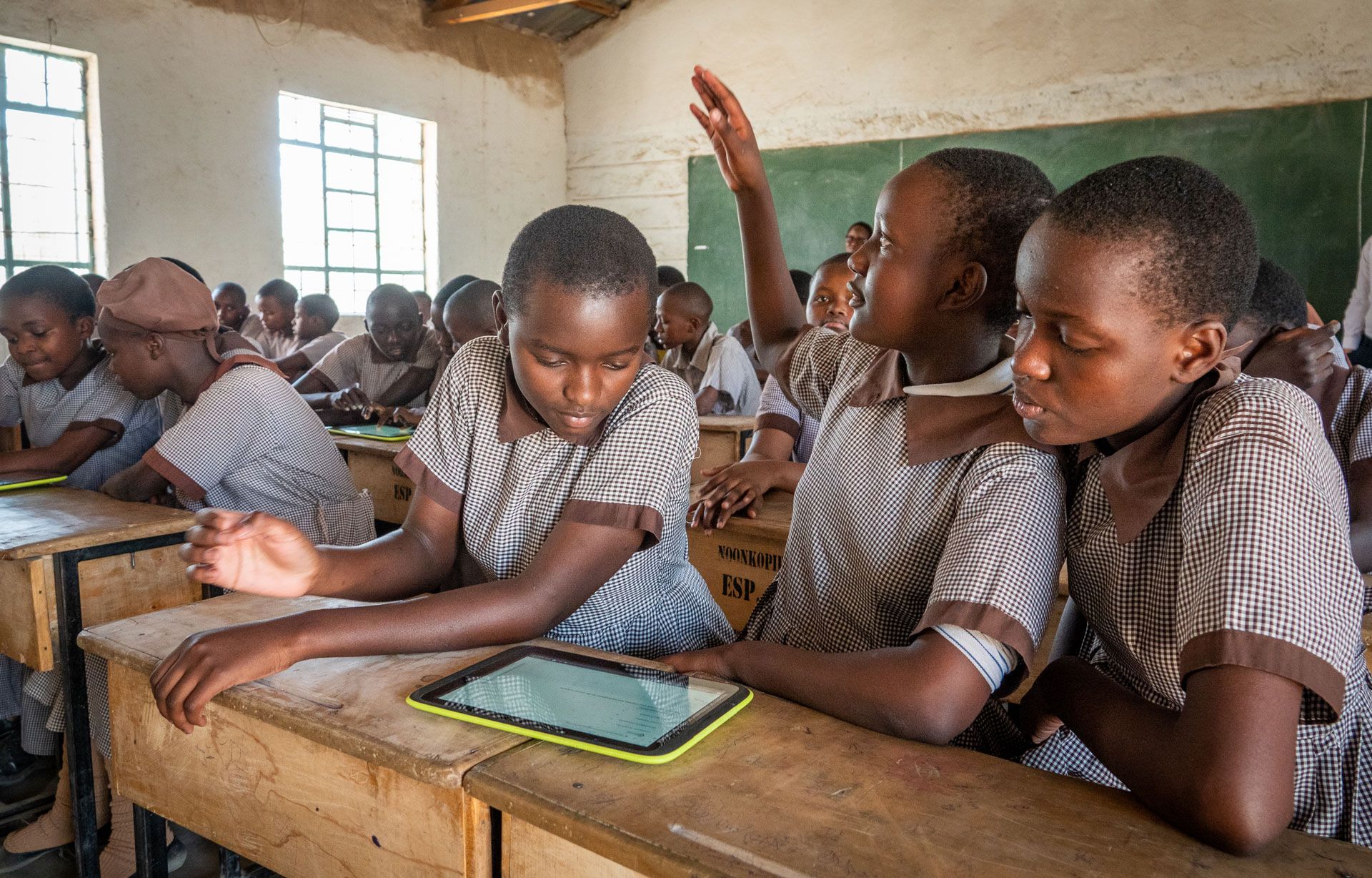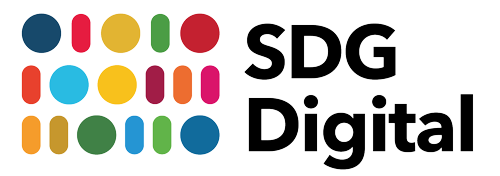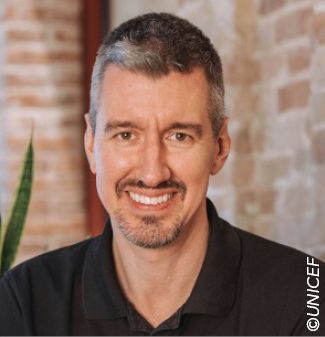
Giga: Connecting communities starting with their schools


Schools offer a good starting point for promoting digital technology uptake and affordable Internet access. As we explore digital solutions to achieve the Sustainable Development Goals, we share the perspective of Giga initiative co-founder Christopher Fabian of UNICEF.
Tell us about your digital solution to accelerate progress on the UN Sustainable Development Goals (SDGs).
Today, nearly a third of humanity remains unconnected to the Internet. At a time of rapid technological progress, this digital inequality puts disadvantaged communities at risk of falling further behind – undermining progress on all 17 Sustainable Development Goals.
Working with governments, Giga aims to solve this by connecting every school in the world to the Internet by 2030, providing every young person with access to information, opportunity, and choice. Beyond education, schools also function as community centres, serving as hubs to connect communities to digital services that advance the 17 Goals.
Which organization or group is behind this digital solution?
Giga is a joint initiative of the United Nations Children’s Fund (UNICEF) and the International Telecommunication Union (ITU). Giga combines UNICEF’s experience in education and procurement, and ITU’s expertise in regulation and policy.
Giga is the only initiative for connectivity that is specifically named in the UN Secretary-General’s Roadmap for Digital Cooperation and his vision for global cooperation in Our Common Agenda.
How can your digital solution help put the SDGs back on track?
Digital solutions have made the delivery of social services like education and health more efficient and effective, but they often depend on one key element: reliable, meaningful Internet connectivity. Without proper connectivity, people are cut off from access to life-changing digital solutions and services.
Since 2019, Giga has helped connect over 5,700 schools and nearly 2.2 million students in 19 countries worldwide. The ongoing digital cooperation by UNICEF and ITU through this initiative aims to connect every school in the world to the Internet by 2030.
Connecting schools equips the next generation with the necessary skills to prepare them for a digital future, and it enables their surrounding communities to pursue numerous opportunities made possible by the Internet.
Which SDGs does your project aim to address, and why?
Giga aims to address Goal 9: Industry, innovation and infrastructure – and specifically target 9.C: Significantly increase access to information and communications technology and strive to provide universal and affordable access to the Internet in least developed countries.
Just as roads and railways connect communities to economic opportunities, the Internet connects communities to an information superhighway and a global, digital economy. The world has made remarkable progress in education and health, but there’s no way to fully realize those aims without digital access – especially for communities that remain entirely offline.
At Noonkopir Primary School in Kenya, for instance, the onset of meaningful connectivity has boosted academic performance by nearly 10 per cent. Head teacher Peris Gaturi said she “wouldn’t wish to go back” to the chaotic way local education worked before. Another teacher, Joseph Waweru, noted how the Internet enables his pupils to explore, have fun, and broaden their minds.
What are the greatest challenges or risks you have faced in rolling out your digital solution for the SDGs?
Speed. Nearly a third of humanity remains offline while digital technologies evolve at a rapid pace – putting the world at risk of becoming more unequal if we don’t move quickly enough to close this gap.
Open data. Data about school locations and their connectivity status, Internet infrastructure, and pricing for connectivity are not always accessible – affecting the cost and speed at which governments are able to connect schools effectively.
Financing. The world’s hardest-to-reach places are often seen as undesirable for investments. Targeted financing can help unlock and connect these markets.
What are the advantages of joining forces with the United Nations Development Programme (UNDP) and other partners to advance digital solutions for the SDGs?
Connecting every school in the world is a mission that’s ambitious, but not impossible – thanks to the support of partners in the UN system and beyond.
Through our founding organizations and other partners, both public- and private-sector, we have gained expertise in education, procurement, regulation, and policy, as well as access to the latest artificial intelligence (AI), blockchain, connectivity platforms, and infrastructure planning and mapping technologies. Because of our partnerships, we can give governments the information and tools to connect every school in the most efficient, cost-effective, and sustainable manner.
Giga co-founder Christopher Fabian (UNICEF) presented this solution for boosting school and community technology and Internet access during the SDG Digital event at UN Headquarters on 17 September.
Giga is featured as a digital solution for SDG9 (industry, innovation and infrastructure) in the SDG Digital Acceleration Agenda, prepared by ITU and UNDP with knowledge partner Boston Consulting Group and support from the Inter-American Development Bank (IDB).

Image credits: UNICEF
(Updated 18/09/2023)
